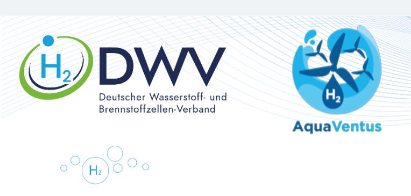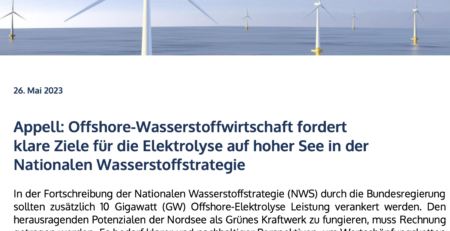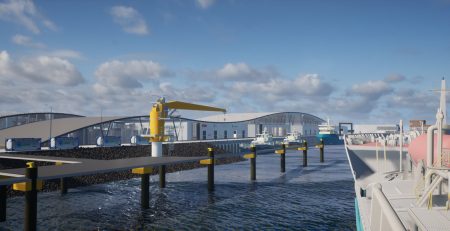With a public appeal, the AquaVentus Förderverein (AQV) and other signatories such as BWO, DWV, EEHH and WAB address the federal government. This calls for the reduction of economic and technological risks through partial tenders in the North Sea. This should enable the successful realization of the world’s first hydrogen project at sea on an industrial scale and ensure the basis for continuous further development of the technology.
The occasion was the publication of the sea area development plan of the Federal Maritime and Hydrographic Agency, which envisages almost quadrupling the area originally envisaged. The area is to be increased from a good 27 to now just under 102 square kilometers. The appeal calls for the originally planned area to be put out to tender first, and then a second, larger sub-area later in time. In this way, the experience gained during the implementation of the first project as well as further technical developments could be used. This would then enable even more efficient production and thus more green hydrogen, reduce the considerable investment risk to an acceptable level, and thus also minimize the need for public funding.
AQV Managing Director Robert Seehawer: “We are very pleased that more production area for hydrogen is being designated in the North Sea. The production of a total of around one gigawatt of green hydrogen that this makes possible is the first important step towards providing the ten gigawatts or more needed by industry. However, the use of electrolysers at sea is a new technological approach and must therefore be pursued with a sense of proportion. This is the only way we can learn from initial applications and keep getting better. With a 27-square-kilometer area, on which 300 megawatts of electrolysis capacity can already be installed, one of the world’s largest projects of this kind would already be created off the German coast. That’s what we should start with first.”
Following the recently published key points of the Federal Ministry of Economics and Climate Protection for the promotion of electrolysis at sea, the appeal also takes up the connection of hydrogen projects by pipeline. The signatories of the appeal welcome the fact that the German government sees pipeline transport as the fastest, cheapest and most environmentally friendly option for hydrogen and wants to support it financially. Nevertheless, the consideration of joint funding for electrolyser projects and pipeline construction is not considered to be purposeful. “An offshore hydrogen pipeline must be available to all conceivable production sites as a means of transport. Furthermore, we don’t need isolated solutions, but rather a European network of transport infrastructure in the North Sea, which already needs to be planned on a large scale,” says Christoph von dem Bussche, member of the board at AQV and managing director of GASCADE Gastransport GmbH.
The signatories also refer to the declarations of intent by the German government in Esbjerg, Denmark, and most recently in Norway, to use a collection pipeline between neighboring countries not only for the perspective import of green hydrogen but also for the connection of German hydrogen offshore projects.
They call for further open dialogue on the funding framework to move the offshore hydrogen industry forward in Germany.








